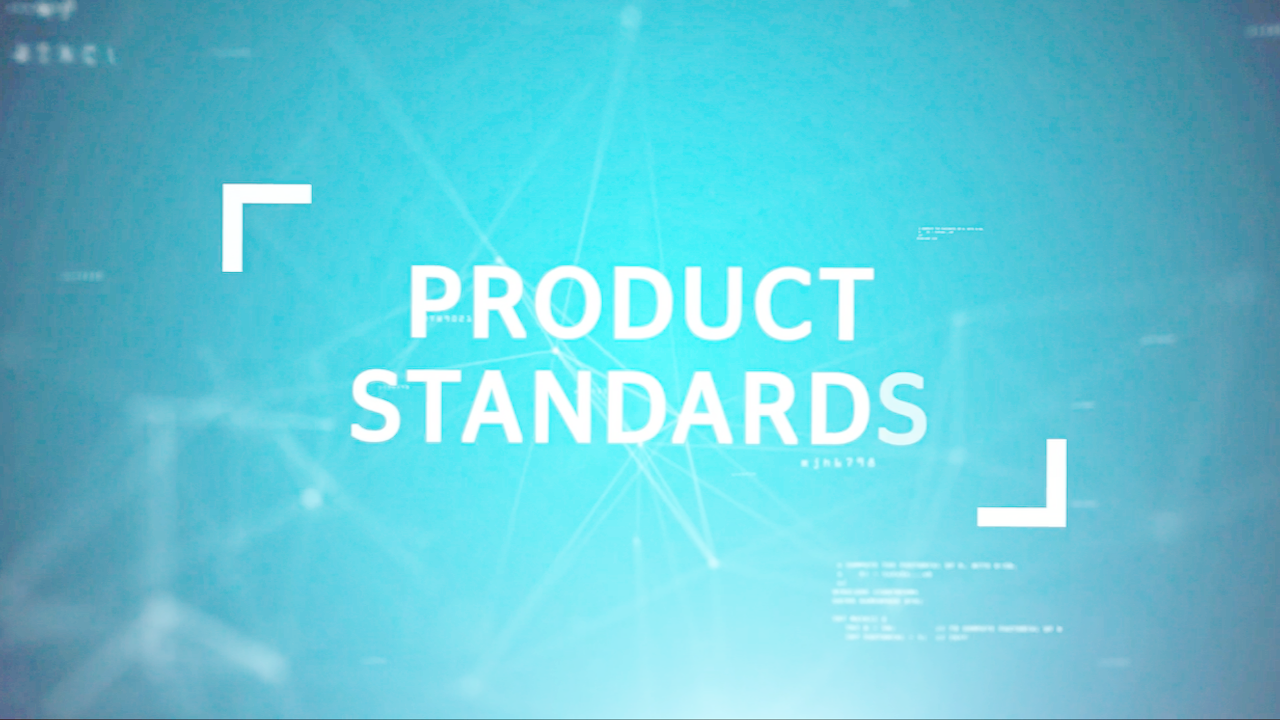Smoke-Free Product Standards

The success of tobacco harm reduction in the United States requires a regulatory framework that allows manufacturers to provide adults who smoke with a portfolio of smoke-free products authorized by the Food and Drug Administration (FDA). To foster innovation and make the Premarket Tobacco Product Application (PMTA) pathway more efficient for smoke-free products, we believe FDA should focus resources on establishing foundational baseline standards for modern oral nicotine pouches, e-vapor, and heated tobacco products.
The science and evidence based product standards below are informed by a review of existing voluntary standards for novel smoke-free products and considered products currently available in the U.S. market. We believe that baseline standards can evolve with product innovation and address critical components of premarket applications like product and design control, chemical and physical characterization, toxicology, risk assessment and product stewardship. Adhering to these types of baseline standards enhances product safety and provides FDA and manufacturers with a more efficient, predictable PMTA process that encourages the development and authorization of potentially reduced risk products.
Reasonable science- and evidence-based standards, combined with a regulatory framework that respects the rights of consumers to access accurate and truthful information that informs product choices, is a critical step in building adult tobacco consumer confidence in smoke-free products and advancing harm reduction.
| Oral Tobacco Derived Nicotine | Electronic Nicotine Delivery Systems | Heated Tobacco Products | |
|---|---|---|---|
| Nicotine/Nicotine Salts |
|
|
|
| Other Ingredients and/or Product Components* |
|
|
|
| Constituent / Emission Testing |
|
|
|
| Electrical Components / Batteries |
|
|
|
| Product Stability |
|
|
|



